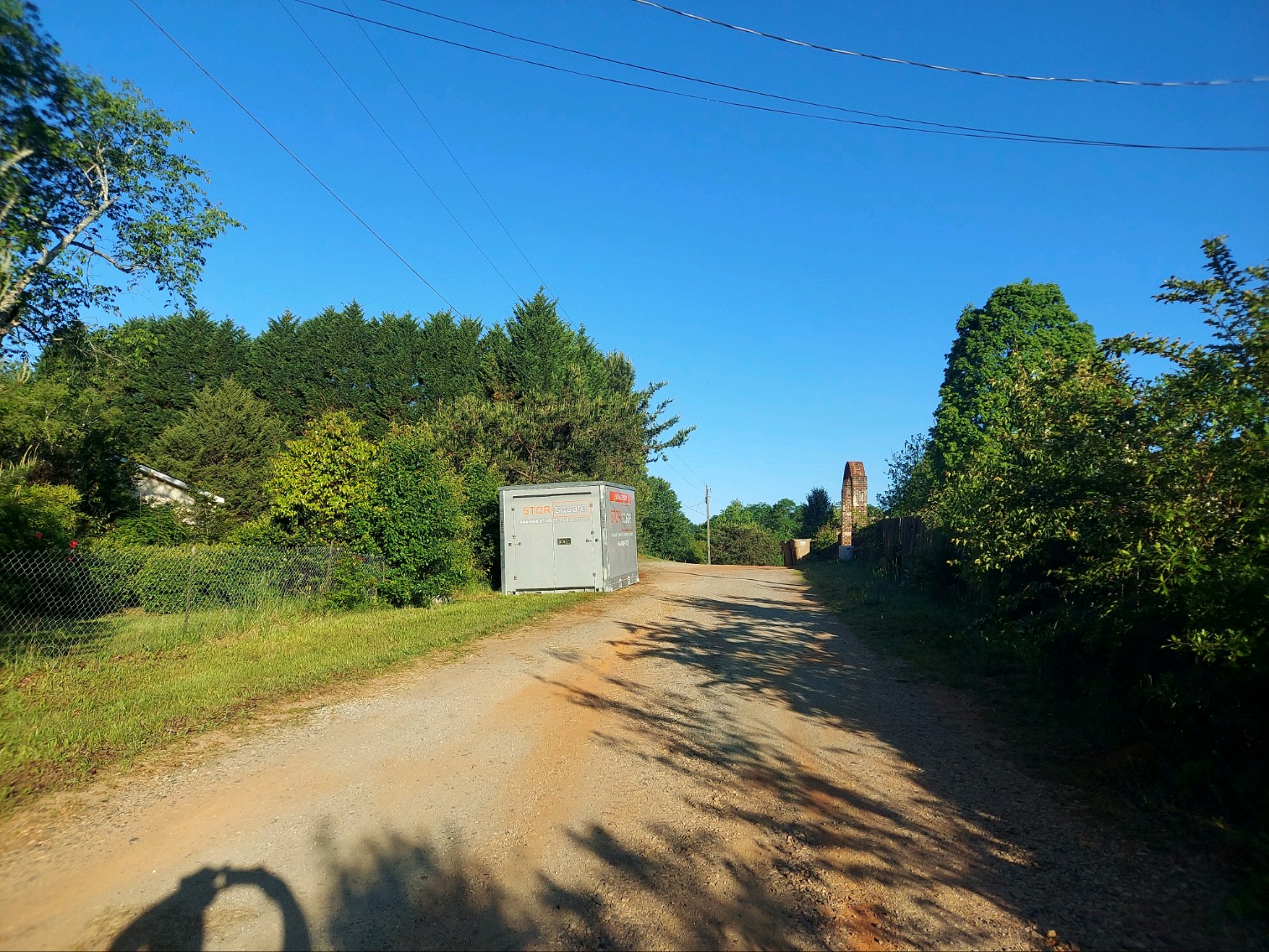Reliable, adaptable, and secure solutions are necessary for fire and flood contractors to handle the turmoil of disaster recovery. One such solution that has proven to be invaluable is the use of portable storage containers for emergency restoration. These containers improve convenience, security, and efficiency on the construction site in a number of ways:
Enhanced Security
When working in disaster-affected areas, contractors have serious concerns about security. Tools and supplies that are important can be stored in a safe atmosphere with portable storage containers. These sturdy steel containers are extremely resistant against vandalism and break-ins. They can have extra security elements like alarms and surveillance systems installed in addition to being lockable.
Imagine that a team tasked with restoring a fire was operating in a business facility. The group had a transportable storage container on the job site where they kept all of their specialist equipment, including priceless stuff like moisture meters and thermal imaging cameras. Because of the sturdy design and security features of the container, the team did not lose any equipment or have any damage done to it, even though the region was high-risk and unsafe.
Efficiency in Operations
Operational streamlining is one of the main benefits of portable storage containers. Fast access to equipment and supplies is crucial for restoration jobs that require urgent attention. Contractors can keep tools and supplies close to the work area by placing portable storage containers strategically across the property. Because of their close proximity, goods from far-off locations can be retrieved faster, which accelerates the restoration process.
Securing Success: The Role of Storage Containers for Emergency Restoration

Convenience and Flexibility
Another benefit of portable storage containers is its versatility and ease of use. They are easily transportable, available in a range of sizes, and may be positioned as required. This adaptability is especially helpful in emergency restoration scenarios that are dynamic and subject to sudden changes in needs.

